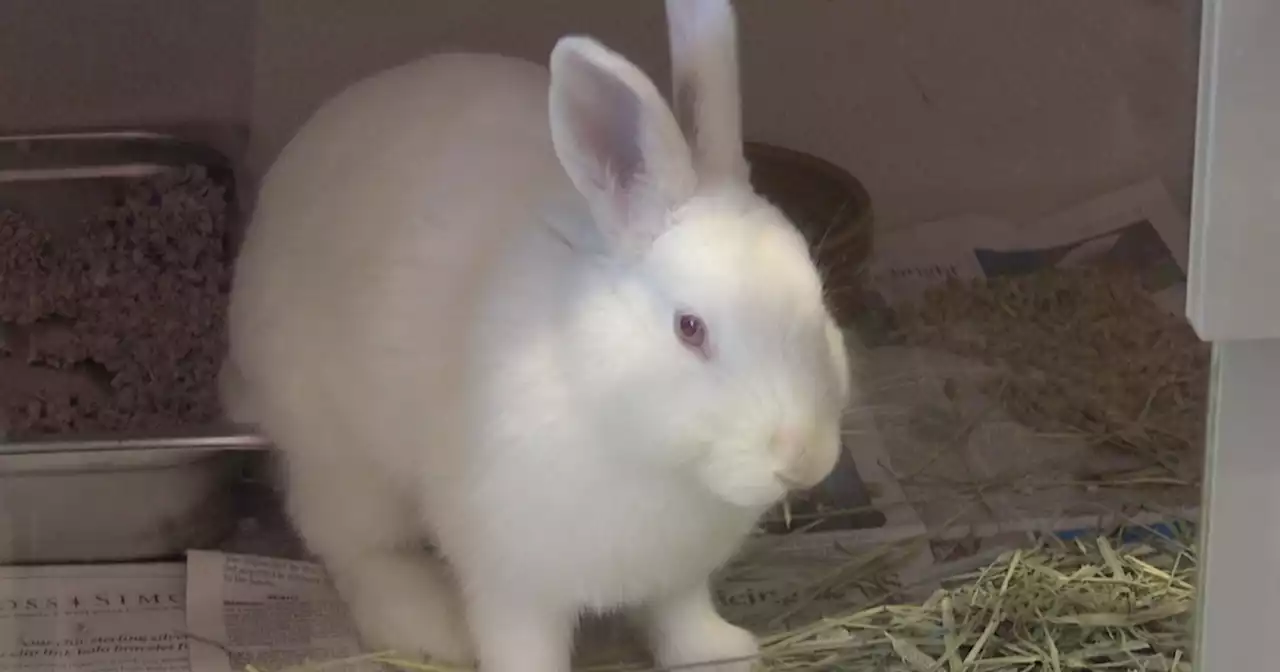Researchers report that a strain of honey bee bred to fight back against parasites survives much better than standard commercial colonies, even under the stressful conditions of industrial-scale pollinating.
The greatest threat to honey bees isn’t much larger than a pinhead. But left unchecked, the varroa mite—a blind, eight-legged parasite—can kill enough bees to doom an entire colony. Now, researchers report that a strain of honey bee bred to fight back survives much better than standard commercial colonies, even under the stressful conditions of industrial-scale pollinating.
Of all these, the varroa mite is beekeepers’ top concern, says Elina Niño, an entomologist who specializes in honey bees at University of California, Davis. Mites weaken bees by, organs vital for metabolism and the immune system. In addition, the mites spread deadly viruses among the bees and between hives. “It’s a big problem worldwide and can cause tremendous losses,” Niño says. To keep mites in check, most beekeepers rely on chemicals called miticides.
USDA wanted to see how the bees perform under the stressful conditions of migratory beekeeping. In these operations, bee colonies are trucked around the country, from one field to another as the seasons change, to maximize revenue by pollinating various crops. The frequent transportation is hard on the bees, and they are exposed to more diseases and mites when stacked together in storage lots or farm fields.
Ireland Latest News, Ireland Headlines
Similar News:You can also read news stories similar to this one that we have collected from other news sources.
 Why Bats Are Breeding Grounds for Deadly Diseases Like Ebola and SARSBats are the source of more dangerous viruses than any other mammal. Evolutionary tricks and fierce immune systems make them the perfect hosts.
Why Bats Are Breeding Grounds for Deadly Diseases Like Ebola and SARSBats are the source of more dangerous viruses than any other mammal. Evolutionary tricks and fierce immune systems make them the perfect hosts.
Read more »
 Montclair, N.J. moves to have native plants only on town propertyA town in Essex County, New Jersey, is set to approve an ordinance mandating only plants that naturally grow in our area be planted on town property. MegBakerTV reports.
Montclair, N.J. moves to have native plants only on town propertyA town in Essex County, New Jersey, is set to approve an ordinance mandating only plants that naturally grow in our area be planted on town property. MegBakerTV reports.
Read more »
 Deadly rabbit disease spreading in Pima CountyReck says rabbits are PACC's third most common animal, behind dogs and cats, taking in a few hundred each year.
Deadly rabbit disease spreading in Pima CountyReck says rabbits are PACC's third most common animal, behind dogs and cats, taking in a few hundred each year.
Read more »
 Microplastics found in lungs of living humans for the first time, study saysScientists find microplastics in the lungs of living people for the first time.
Microplastics found in lungs of living humans for the first time, study saysScientists find microplastics in the lungs of living people for the first time.
Read more »
Tiny labmade motors could one day suck pollutants from the air and harvest precious metalsIn three studies, scientists report designing their own molecular pumps and rotary motors that could eventually suck carbon dioxide from the air and harvest valuable metals from seawater.
Read more »
 Tornado Alley is expanding, hitting more Southern states than everScientists aren't completely sure what's causing the shift, but climate change could be partly to blame.
Tornado Alley is expanding, hitting more Southern states than everScientists aren't completely sure what's causing the shift, but climate change could be partly to blame.
Read more »